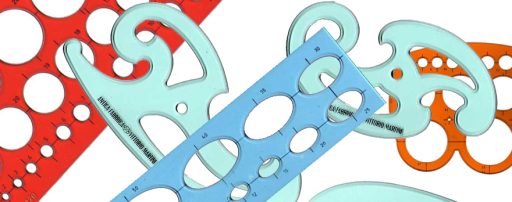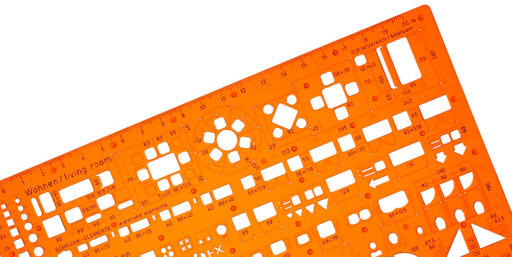The Compass
tool to create circles or arcs of circles
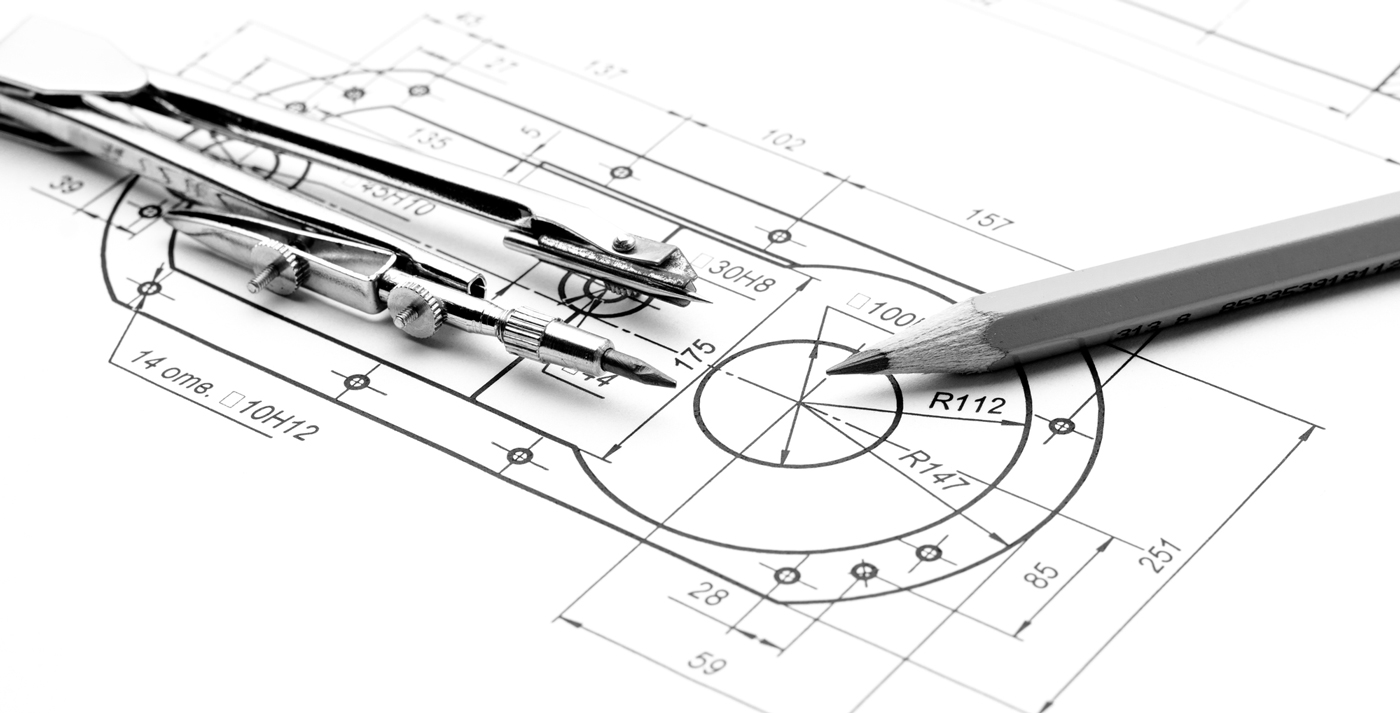
The compass is a fundamental tool in technical drawing, a field that focuses on the precise graphic representation of objects, components and designs. The compass is used to draw circles, arcs, curves and other circular shapes with extreme precision. With the use of CAD drawing it has lost much of its importance but there are disciplines in which it is still indispensable.
Compass Components: A compass is made up of two arms connected by an adjustable joint. One arm has a pointed tip, while the other has a wheel or pen for drawing. The joint allows you to adjust the radius of the circle or arc to be drawn.
Accuracy: The compass is known for its accuracy. It can be adjusted with extreme accuracy to obtain specific sized circles or to create precise arcs and curves.
Using the Compass: The compass is used to draw concentric circles, create curves and arcs, determine points equidistant from a center, and much more. It is an important tool for the construction of geometric figures and for the representation of circular components in technical drawings.
Detail Drawing: In technical drawing, it is often necessary to represent complex details or components that have a circular or curved shape. The compass allows these representations to be created accurately, facilitating the understanding of the project by those who read the drawing.
Materials and design: Compasses can be made of different materials, including metal, plastic or wood. Some compasses are equipped with locking mechanisms to keep the set dimension stable. Some advanced models can also be equipped with a wheel guide to improve accuracy.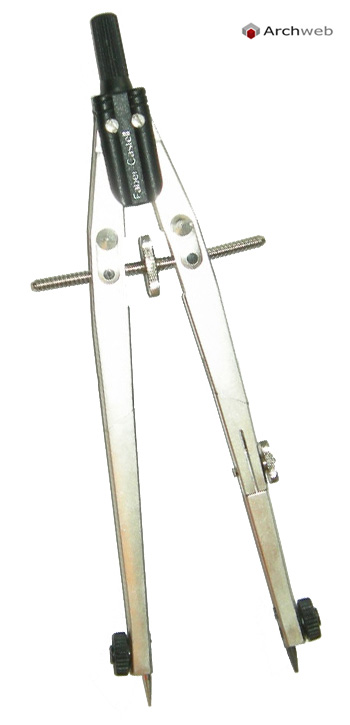
Based on the above characteristics, the compasses are divided into:
helix precision thumbwheel compass (like the one in the figure), if they have a needle as a fixing tool, a mine or a nib as a writing system and a wheel in the center for adjusting the opening;
Compass, when they have the same peculiarities as balustrades but lack a regulating wheel (the compass is kept in the chosen angle only thanks to the hardness of the junction gears between the rods, which must therefore be regularly tightened);
Blackboard compasses, if they have a suction cup as a fixing tool and a chalk or blackboard marker as a writing system; typically, they are made of wood or aluminum-based metal alloys (to make them lighter due to their large size).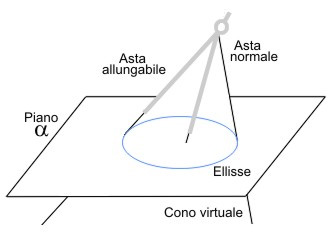 The perfect compass
The perfect compass
(The so-called perfect compass).
All the compasses we talked about above are useful, but they allow you to directly draw only their circumferences or arcs; on the contrary, the so-called perfect compass allows you to create images even of hyperbolas, parabolas and ellipses. It is composed, like all the other compasses, by two rods hinged by means of a gear;
the main difference, which then determines the different functioning, consists in the fact that one of the two rods can be lengthened, increasing the eccentricity of the figure. An operating diagram of the perfect compass is shown in the figure on the side: in it you can easily see how the drawing tool in question allows you to generate the image of an ellipse by intersecting a virtual cone on the α plane (which can consist of a sheet or any other graphic support). Precisely on the basis of the principle of intersection of the virtual cone it is easy to understand how this instrument is able to represent all conics.
Anyone wishing to contribute to improve this page can contact us with an email to the editorial staff
The cover image is from RamiF su Depositphotos.com






























































